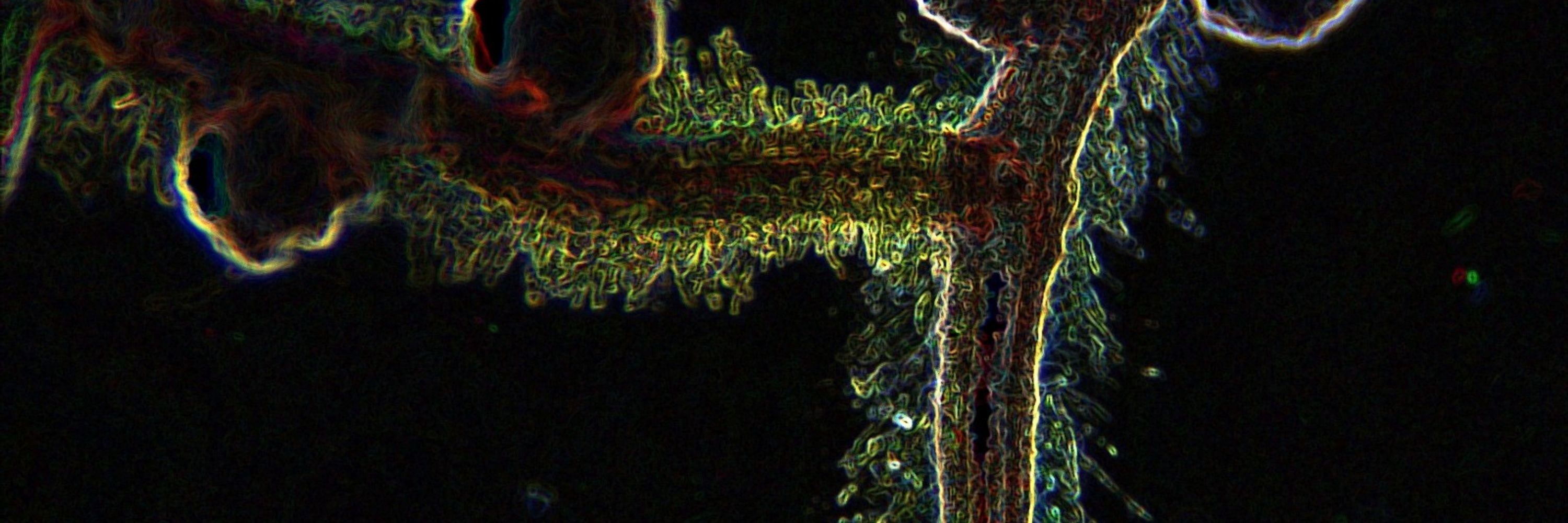

Read more about her experience researching how plants can recruit root microbes, survive stress, and boost resilience: www.glbrc.org/news/unravel...
#msu #glbrc #soilscience

Read more about her experience researching how plants can recruit root microbes, survive stress, and boost resilience: www.glbrc.org/news/unravel...
#msu #glbrc #soilscience


nph.onlinelibrary.wiley.com/doi/10.1111/...
nph.onlinelibrary.wiley.com/doi/10.1111/...

Seriously Plant and Soil... how can you let that slip through the cracks?!?
Keystone microbes mediate root traits and phosphorus uptake to enhance maize crop productivity in intercropping systems

Seriously Plant and Soil... how can you let that slip through the cracks?!?
Keystone microbes mediate root traits and phosphorus uptake to enhance maize crop productivity in intercropping systems





onlinelibrary.wiley.com/doi/10.1111/...

onlinelibrary.wiley.com/doi/10.1111/...








